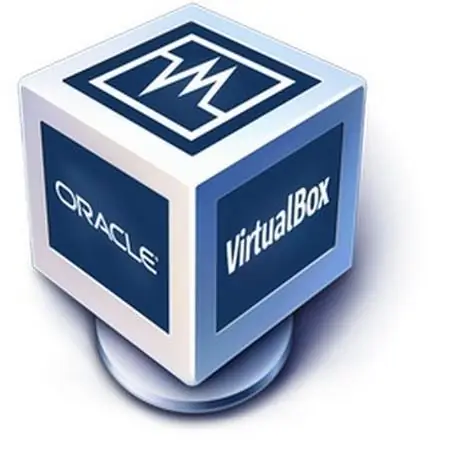Often, the decision to switch to a new operating system is made gradually - no one wants to give up what they are used to. And to put the whole OS separately is often problematic. To test another system in operation, it is enough to configure certain software for yourself.

Instructions
Step 1
Today there are many solutions for organizing a virtual machine. Naturally, each program has its pros and cons, and many, moreover, cost a lot of money. Therefore, for trial testing, you should select a free software package that has a sufficiently rich functionality that would allow you to actually test this or that operating system in operation.
Step 2
The VirtualBox program was chosen as such a tool, since it fully meets the stated requirements and is easy to learn. In addition, you can get started immediately after installing the product. Also, there is no need to search the Internet for images of virtual systems.
Step 3
To download it, use the link https://www.virtualbox.org/wiki/Downloads. On the download page, you will see several versions of the software. Your task is to choose the version that suits your operating system. Then download the assembly and install it on your machine
Step 4
Open the installed application and click on the "Create" button (similarly, the item "Machine" -> "Create" or the keyboard shortcut Ctrl + N will be). In the dialog box that appears, click "Next" if you want to continue with the installation of the virtual machine.
Step 5
Next, come up with a name for the system being created, and also specify its type. Click "Next".
Step 6
Now we need to set the memory size for our system. Initially, it will be set to the recommended amount of memory, but you can change it if you need.
Step 7
Now you need to tell the program whether to create a bootable disk. Because you have not created any drives before, do not uncheck the box and select the "Create a new hard drive" option.
Step 8
After that, you will be prompted to select the type of disk to create. If you do not plan to use this disk file to work with other applications, leave the original version. Click "Forward" again.
Step 9
The next step is to determine the format of the created disc with a detailed description of each type. Here you must determine for yourself what is better - to have a fixed-volume disk that cannot be changed, or a disk that will initially take up a minimum of space and grow as needed, but without the possibility of decreasing in size. As part of the test, select a dynamic disk. Click "Forward."
Step 10
Next, you should specify the location of the hard disk file, as well as the size of this file. Everything is at your discretion. Make sure the disk space is not too small (step 6). Click "Forward", after which you will see a window with summary information, according to the actions performed earlier. If everything suits you, click on the "Create" button. You may be warned once again about the start of creating a new virtual machine - use the Create button.
Step 11
As a result, you will be taken to the main application window, where you will see the newly created system image.
Step 12
Now you just have to run it. To do this, click the "Start" button in the form of a green arrow on the top panel. That's all.






